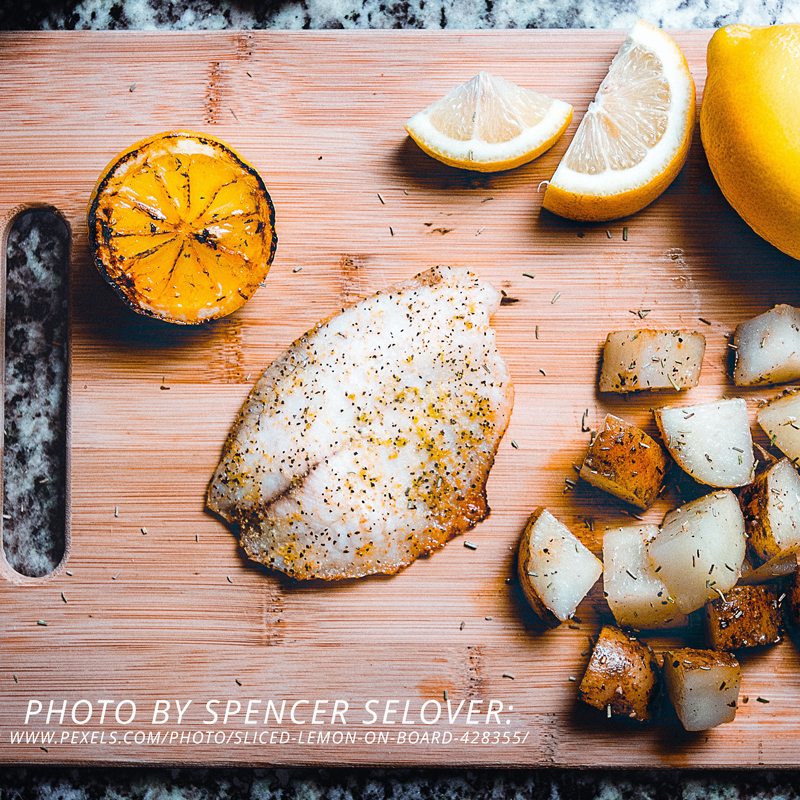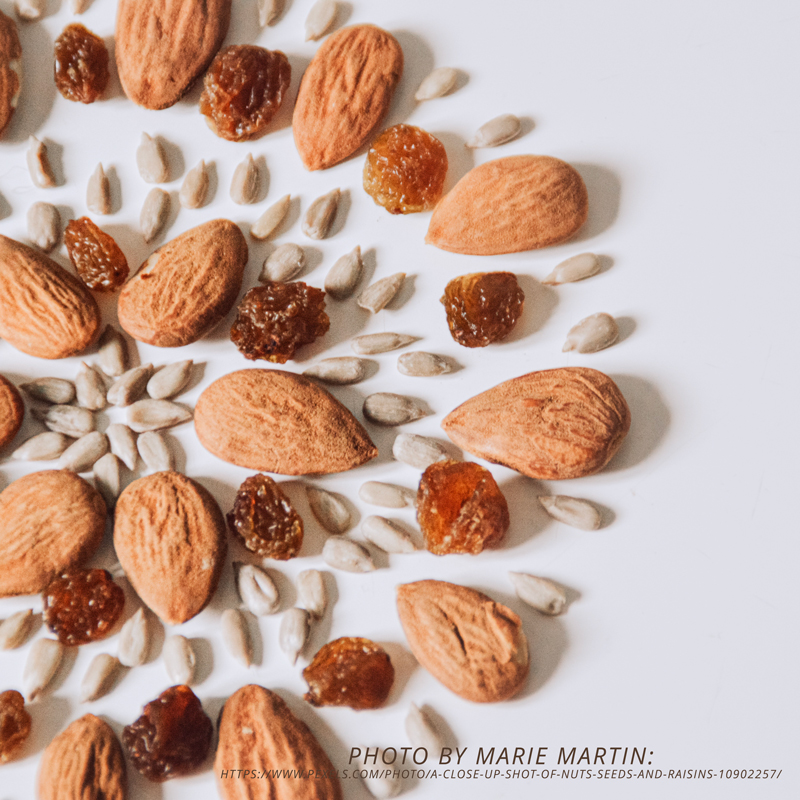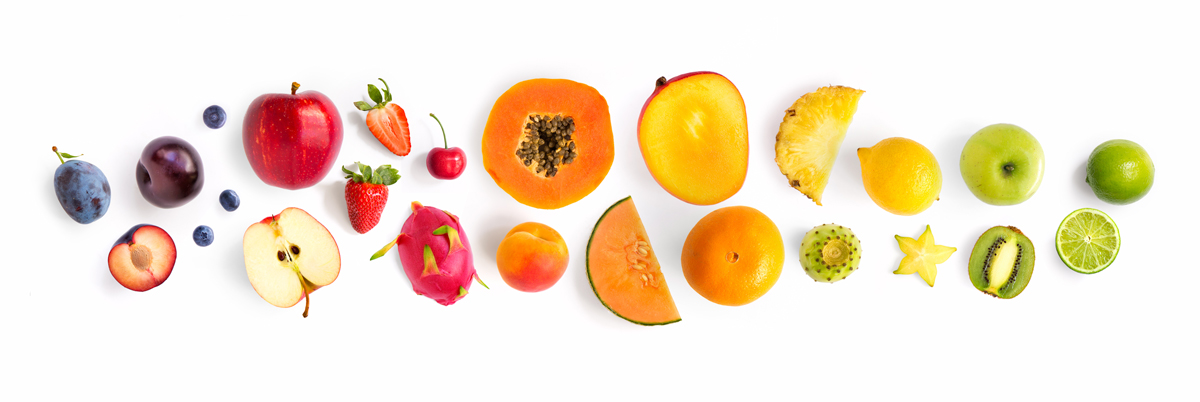Fueling Your Triathlon Recovery: 8 Essential Foods and Pro Tips for Optimal Performance
By Anna Petr
Whether you are a competitive athlete or are getting into running, cycling, swimming, or some other sport, recovery is a key part of training. With a million voices coming from social media trying to tell you what to eat and “hacks” to recover more quickly, it’s tricky to discern what is worth your time and energy. Two important tips to follow to recover for big races at the end of the season or while you are training are rolling and stretching and SLEEP! Rolling and stretching can help prevent injury and make sure that your body is able to keep up with the workload of training. In addition to these two tips, another important piece of training is proper fueling. When you are participating in endurance athletics, your fuel needs are extra high and there are specific foods that are particularly beneficial in helping you recover from difficult training to prepare for your next big session.

How to roll and stretch effectively:
Rolling can be helpful for multiple reasons. My favorite tools to use for recovery, all which you can find at Rocky Mountain Multisport, are a foam roller, a stick roller, or the lesser-known Orb. Rolling your muscles helps increase blood flow to the area. Improved circulation brings fresh oxygen and nutrients to the muscles, aiding in the repair and recovery process after training. Rolling also helps release facia. Fascia is a connective tissue that surrounds and supports muscles, and it can become tight and restrictive due to training. Foam rolling helps release fascial adhesions, promoting better muscle function and mobility. Lastly, rolling can help aid your muscles in warming up before a workout, which helps prevent injury.
Why is sleep so important?
If you’re a triathlete aiming to excel in the sport, it’s essential to prioritize sleep as part of your training regimen. Aim for 7-9 hours of quality sleep each night, maintain a consistent sleep schedule, create a relaxing bedtime routine, and ensure your sleep environment is conducive to consistent sleep. By getting enough sleep, you’ll enhance your recovery, boost performance, and maximize the benefits of training. During deep sleep stages, the body releases growth hormones that aid in muscle repair and growth. After intense triathlon training, the muscles undergo stress and micro-tears, and sufficient sleep allows them to recover, rebuild, and become stronger. Sleep also plays a role in tissue repair and immune function. Getting enough rest reduces the risk of overuse injuries and strengthens the immune system, which is essential for staying healthy and consistent with training. Getting enough sleep, although time consuming, is one of the most simple and easy ways to improve in endurance athletics.




What to look for while fueling for recovery:
- Complex carbohydrates: To rebuild glycogen stores to give our muscles energy.
- Protein: Proteins like high quality meats, whole milk yogurt, and legumes, help build and repair muscles after strenuous efforts.
- Healthy fats: Such as nuts, seeds, and fish to help you easily absorb nutrients and combat inflammation.
- Fruits and veggies: Fruits and vegetables provide antioxidants and macronutrients.
Some ways you can meet these nutritional needs are through fueling your body with snacks and meals that promote quicker recovery. When you finish a run, bike, swim, or however you choose to move your body, the 20 minutes after you finish your workout is crucial for eating a nourishing snack. Within the next hour you should try to eat a more substantial meal.
- Red Meat: Whether it’s steak or ground beef, or however else you choose to consume it, red meat can be super beneficial when added to the diet of an endurance athlete, especially for females because of the iron and vitamin B12 it contains. Female athletes are more prone to iron deficiency (anemia) and red meat is one of the sources that is easiest for your body to absorb iron. Iron- or ferritin- to be more specific, is a protein in your blood that helps store oxygen. Moreover, adding sources of iron to your diet can increase energy levels and prevent anemia! A tasty dinner recipe is from Emma Coburn’s cookbook, Runner’s Kitchen, called “Best Friend Bolognese.”
- Nut butter: Some favorite nut butters such as peanut butter, almond butter, or sunbutter are great options for a post-workout snack due to the protein and fat content. This helps repair muscle. This is a really good option post-workout because it is a convenient way to kickstart your recovery on-the-go with a classic sandwich like PB&J.
- Tart cherry juice: Tart cherry juice contains anti-inflammatory properties and antioxidants to aid recovery. Tart cherry juice is known to decrease blood markers for inflammation and oxidative stress. In addition to helping your muscles recover, it has been shown that tart cherry juice helps increase melatonin availability in the body and sleep is the most important recovery tool you can use.
- Quinoa: This superfood is a great source of plant based protein, containing all nine essential amino acids. The nine essential amino acids help build cells and support muscles. Containing both carbohydrates and grains, quinoa is a great way to spruce up any salad.
- Bananas: Most people know that bananas are a popular snack for runners. Bananas have a high level of potassium and contain electrolytes which are essential after you sweat during exercise. Bananas help cramping and can be added in as an on-the-go snack, a perfect topper to toast with peanut butter, or a great way to sweeten up a smoothie or some pancakes!
- Sweet potatoes: Like bananas, contain potassium and electrolytes that are especially helpful for hard working athletes who sweat out many important nutrients. Unlike bananas, it is less common to just grab a sweet potato from the store and eat it on your way to go on a run! Luckily, there are many tasty ways to add this food into any meal of the day. Some ways to eat them are roasted, baked into muffins or in Sweet Potato Waffles, a delicious recipe from the Run Fast Eat Slow cookbook by Shalane Flanagan and Elyse Kopeky.
- Beets: Contain nitrates that help your blood vessels dilate which allows a better flow of oxygen, promoting recovery. You can put beets in a smoothie, roast them, throw them on a salad, or even make them into baked goods! A great smoothie recipe- “Can’t Beet Me Smoothie 2.0”- is from Shalane and Elyse’s second cookbook, Run Fast Cook Fast Eat Slow.
- Yogurt: This is another snack that is a great staple for athletes. In the 20 minutes after your activity, this would be the perfect snack to consume. Greek yogurt and whole milk yogurt both have a lot of protein and will keep you satiated after workouts. A great way to eat yogurt is either topped with granola and fruit or in a smoothie after a hard run or in the morning before a bike ride.
Your nutritional needs as an athlete are unique to you, but incorporating these foods will likely take your recovery game to the next level. You can find your new favorite recipe from cookbooks written by runners like Emma Coburn or Shalane Flanagan and definitely recommend them if you’re looking to improve your fueling for recovery!
Whether you get an hour of extra sleep every night or decide to eat an extra burger every week, it’s likely that you’ll reap rewards in your training and racing!